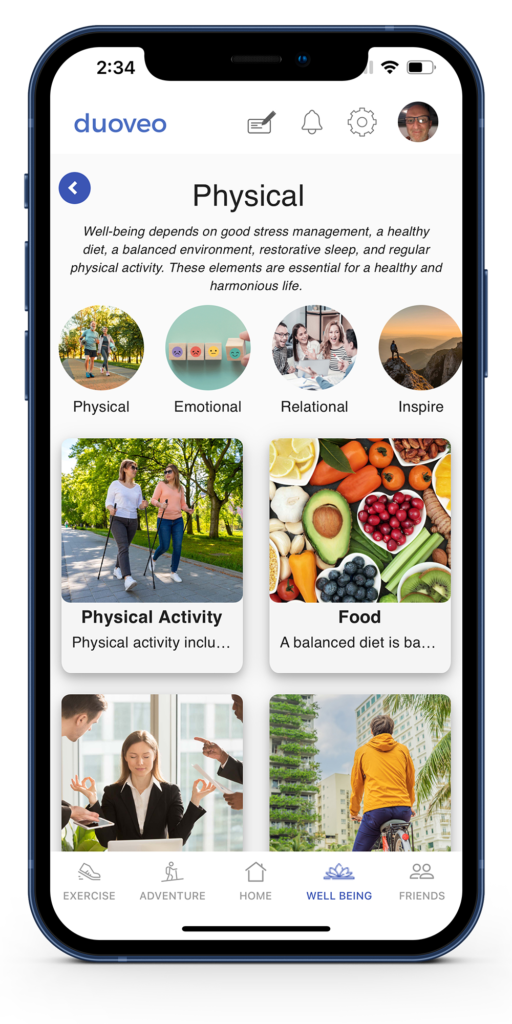Music, this universal elixir, makes our souls dance and resonates deeply within us. But did you know that it can also heal? Music therapy, a magical blend of melodies and science, has become a powerful weapon against stress and a valuable ally for physical well-being. Whether you’re a jazz lover, a classical enthusiast, or a pop fan, this practice promises to transform your everyday life. Let’s dive into this captivating world, both soothing and revealing!
What is Music Therapy?
Music therapy is a therapeutic practice that uses music and its components (rhythm, melody, harmony) to improve physical, mental, and emotional health. It can be active, involving the creation of sounds and songs, or passive, focused on attentive listening.
Stress in the Background: How Music Calms the Mind
When stress sets in, the body goes on alert: accelerated heart rate, muscle tension, and even sleep disturbances. Music acts like a magic wand on this inner chaos.
- Activation of Alpha Waves: Listening to certain relaxing music, like classical pieces or natural sounds, helps the brain enter a state of deep relaxation by increasing alpha waves.
- Regulation of Cortisol: This stress hormone decreases significantly during music therapy sessions.
- Memory and Emotions: Familiar melodies can evoke happy memories, creating an instant calming effect.
In short, just a few minutes of listening can turn a stressful day into a moment of absolute relaxation.
Physical Benefits: A Concert for the Body
Music therapy doesn’t just soothe the mind. It’s also very effective in improving physical well-being. Here’s how:
- Pain Relief: Studies show that listening to music can reduce the perception of pain, especially in patients with chronic illnesses or in rehabilitation.
- Improved Recovery: Athletes find music therapy to be an excellent way to optimize recovery after exercise, as it improves tissue oxygenation.
- Lower Blood Pressure: Slow, repetitive rhythms help reduce blood pressure, thus protecting the heart.
An Accessible Solution for Everyone
The beauty of music therapy lies in its simplicity. No instrument? No problem! Here are a few ideas to integrate music into your daily routine:
- Anti-Stress Playlist: Create a playlist of calming songs to listen to before bed or during breaks.
- Musical Improvisation: Why not grab a tambourine or piano to express your emotions?
- Singing in the Shower: Besides being fun, singing stimulates deep breathing and releases endorphins.
Methods Tailored to Individual Needs
Music therapy is highly flexible and can be personalized to meet the specific needs of each individual:
- Children: To stimulate language and motor development.
- Seniors: To awaken memory and combat loneliness.
- Patients in Care: To complement traditional medical treatments.
Science and Melody: Solid Evidence
Hundreds of studies confirm the positive effects of music therapy on mental and physical health. This non-invasive, side-effect-free approach is gaining recognition from healthcare professionals.
Conclusion
Music therapy, with its enchanting notes, invites each of us to a unique and transformative experience. Beyond the simple pleasure of listening to music, it offers a true wellness cure for both the mind and body. So why not grant your life a soothing and healing melody?
Sources:
- “Music Therapy: Healing Through Sound” – Psychology Today (link)
- “The Science Behind Music Therapy” – Harvard Health (link)
- “Music and Stress Relief” – American Psychological Association (link)
- “How Music Impacts the Brain” – Johns Hopkins Medicine (link)
- “Benefits of Music Therapy” – Mayo Clinic (link)


